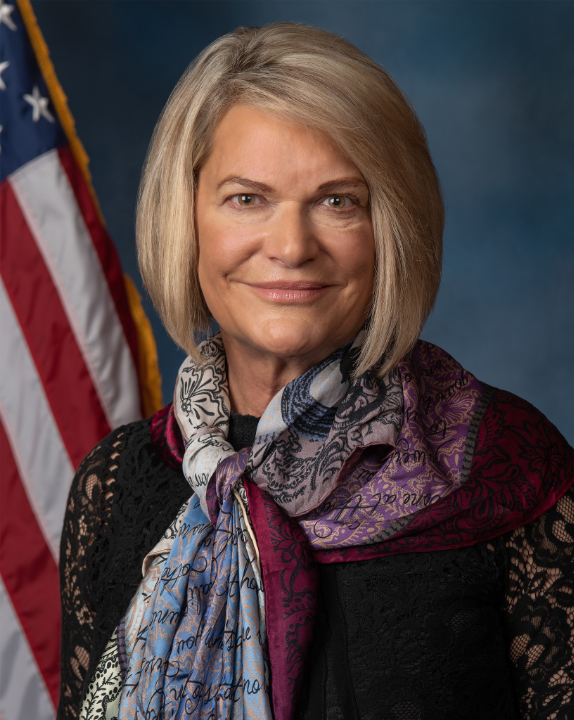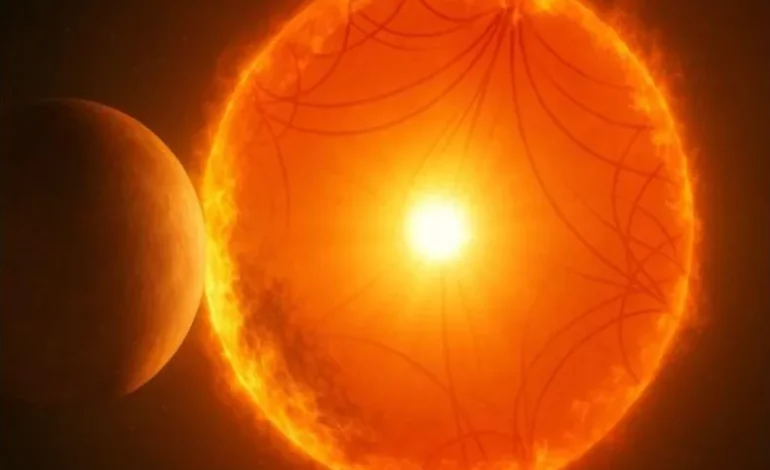A recent breakthrough in the study of stars has provided new insights into how they evolve, thanks to the “song” of a nearby star, Newsweek reports.
This discovery, made possible by advanced techniques in asteroseismology, has shaken up existing models of stellar aging and offers a fresh perspective on how stars like our Sun transform over time.
Stars, like the Earth, vibrate with natural frequencies, producing oscillations that can be studied in a manner similar to how seismologists use earthquake vibrations to understand the Earth’s interior. These stellar oscillations, sometimes referred to as the “songs” of stars, offer astronomers valuable data on a star’s mass, size, and age.
Yaguang Li, an astronomer at the University of Hawaiʻi at Mānoa, explained:
“The vibrations of a star are like its unique song. By listening to those oscillations, we can precisely determine how massive a star is, how large it is, and how old it is.”
One star in particular, HD 219134, located just 21 light-years from Earth, has provided astronomers with a wealth of information. This orange main-sequence star is much older than our Sun, and by examining its vibrations, researchers have been able to gather new insights into the processes that govern star aging.
While previous asteroseismology studies focused mainly on hotter stars, HD 219134 is cooler, and its subtle vibrations were difficult for space-based telescopes, such as NASA’s Kepler and TESS, to detect. However, using the advanced Keck Planet Finder (KPF) instrument at the W. M. Keck Observatory in Hawaii, astronomers were able to measure the faint oscillations of the star’s surface. Over the course of four nights, more than 2,000 precise measurements were taken to study the star’s vibrations.
Li and his team believe that HD 219134 is about 10.2 billion years old, more than twice as old as our Sun. This makes it one of the oldest stars to ever be dated through asteroseismology. The new finding challenges existing models of stellar aging and provides a new benchmark for estimating the ages of other stars.
Traditionally, astronomers have used gyrochronology, which measures the spin rate of stars, to estimate their ages. Younger stars spin faster, gradually slowing down as they age and lose angular momentum. However, for older stars like HD 219134, this process slows significantly, making it difficult to determine age based solely on rotational speed. By studying the star’s oscillations, astronomers now have a more reliable method for refining age estimates.
“This is like finding a long-lost tuning fork for stellar clocks,” Li remarked. “It gives us a reference point to calibrate how stars spin down over billions of years.”
In addition to providing a clearer understanding of the star’s age, the research also revealed that HD 219134 is more compact than previously thought. Earlier studies had suggested a larger radius for the star, but the new measurements show that its radius is about 4% smaller than initially estimated. The reasons for this discrepancy remain unclear but could indicate that certain assumptions in stellar modeling need to be revisited.
The study also confirmed that two of the five planets orbiting HD 219134 are likely to have Earth-like compositions, with solid, rocky surfaces. This adds another layer of intrigue to the system, potentially making it a candidate for further investigation in the search for exoplanets with conditions suitable for life.










The latest news in your social feeds
Subscribe to our social media platforms to stay tuned